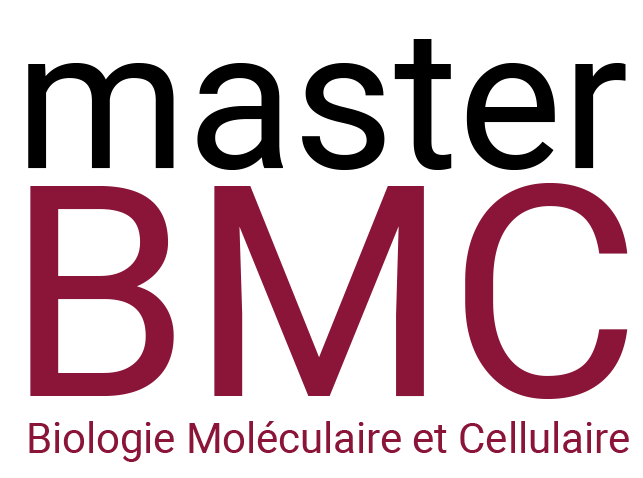Interleukin-10-producing B Regulatory cells as immunotherapy for Alzheimer’s Disease
Equipe d’Accueil : Immunité normale et pathologiqueIntitulé de l’Unité : Institut Necker Enfants Malades (INEM)Nom du Responsable de l’Unité : Fabiola TerziNom du Responsable de l’Équipe : Simon FillatreauAdresse : 156-160 rue de vaugirard 75015 ParisResponsable de l’encadrement : Mohamed El Behi
Tél : 0140615321 E-mail: mohamed.el-behi@inserm.fr
Résumé du projet
Alzheimer’s disease (AD) is the most common neurodegenerative disorder associated with dementia, cognitive decline, memory loss and neuroinflammation. AD is characterized by the pathological formation of intraneuronal aggregates of tau protein and extracellular aggregates of amyloid β (Aβ). The view of the brain as an immune-privileged organ has moved towards a pivotal role of the crosstalk between brain-resident and peripheral immune cells in both physiological and pathological conditions. Hence, better understanding the peripheral-central immune crosstalk is crucial to develop new therapies in neurological conditions. In this line, B cells are found in the brain of AD patients and AD-like mice, although their impact on disease progression remains unclear and their manipulation led to controversial results. As resident immune cells of the CNS, microglia are primarily responsible for phagocytotic clearance of Aβ. However, there is an increasing recognition that exacerbated neuroinflammation and dysfunction of microglia play a critical role in AD. Our lab has recently developed an experimental protocol in which B cells are cultured in vitro to become IL-10 producing anti-inflammatory regulatory B cells.
Our preliminary data indicate that these B cells exert potent anti-inflammatory effects in the central nervous system, downregulate microglial AD relevant genes and improve cognitive deficits in AD-like mice. In light of these data, our objectives are i) to deeply characterize the phenotypes and functions of B cells infiltrating the brain of AD-like mice at different disease stages, ii) to test whether such anti-inflammatory B cells can positively impact disease development and/or progression in models of AD-like pathology and iii) to characterize the mechanisms involved in disease modulation.
During the 6-months internship, the master student will be trained to cultivate regulatory B cells, analyse their phenotype in vitro and in vivo in a mouse model of AD and characterize their locations in the CNS by multiparametric histology.
Dernières Publications en lien avec le projet :
Feng, W. et al. B lymphocytes ameliorate Alzheimer’s disease-like neuropathology via interleukin-35. Brain Behav Immun 108, 16-31, (2023).
Bettcher, B. M. et al. Peripheral and central immune system crosstalk in Alzheimer disease – a research prospectus. Nat Rev Neurol 17, 689-701, (2021).
Keren-Shaul, H. et al. A Unique Microglia Type Associated with Restricting Development of Alzheimer’s Disease. Cell 169, 1276-1290 e1217, (2017).
Sollvander, S. et al. Increased Number of Plasma B Cells Producing Autoantibodies Against Abeta42 Protofibrils in Alzheimer’s Disease. J Alzheimers Dis 48, 63-72, (2015).
Ce projet s’inscrit dans la perspective d’une thèse :
Type de financement prévu : Concours ecole doctorale ou financement ANR
Ecole Doctorale de rattachement : ED 562 – BioSpc

